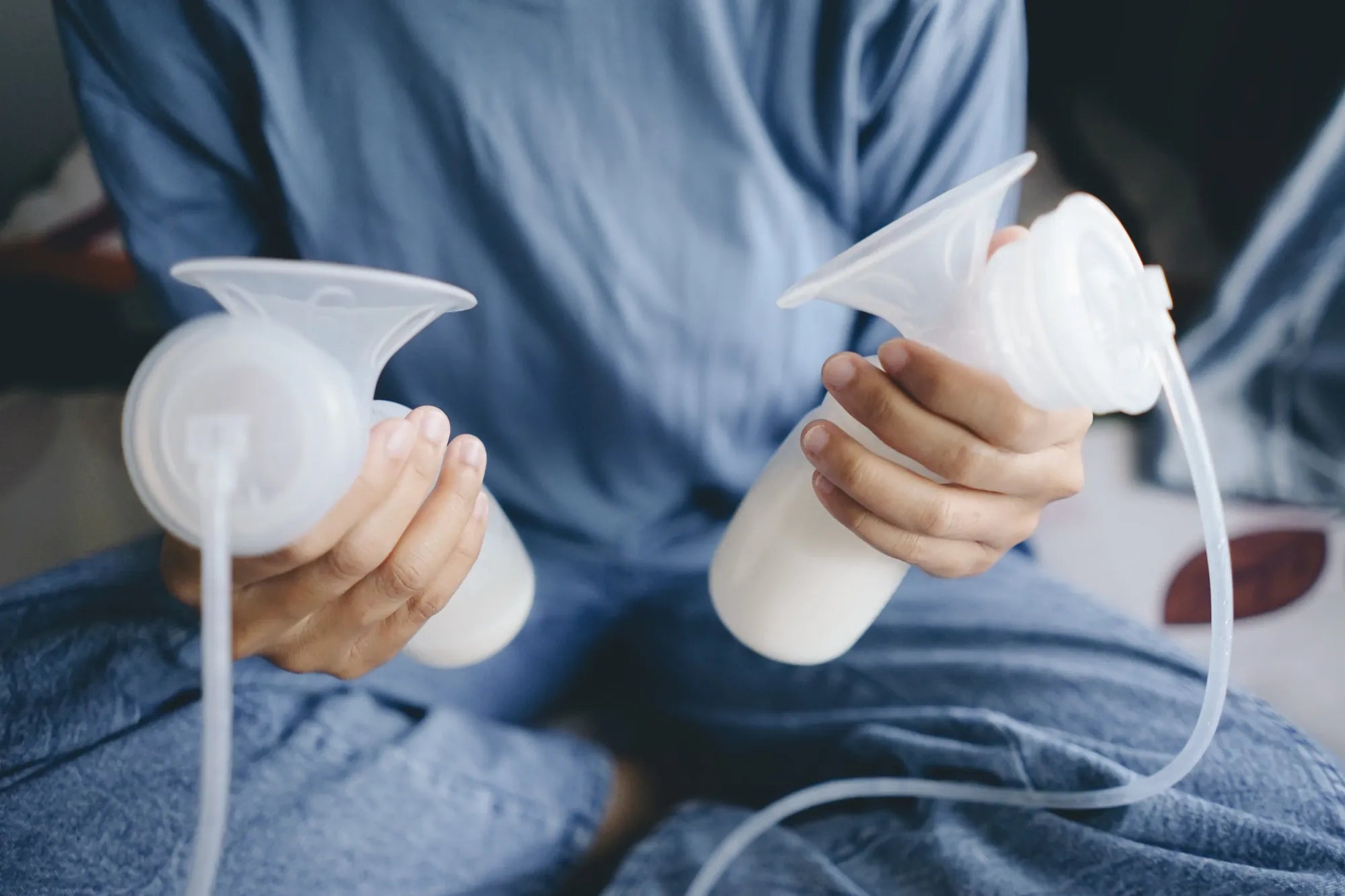Startseite
Pregnancy, Breastfeeding, and Pumping: The Ultimate Guide for Moms
How Many Times a Day Should I Breast Pump: A Comprehensive Guide

How Many Times a Day Should I Breast Pump: A Comprehensive Guide
Breastfeeding is a beautiful and natural way to nourish your baby, but it often comes with questions and challenges. One of the most common questions new mothers ask is, 'How many times a day should I breast pump?' The answer depends on various factors, including your baby's age, your milk supply, and your personal schedule. This article will guide you through the essentials of breast pumping frequency, offering practical advice to help you make informed decisions.
Understanding Breast Pumping Basics
Breast pumping is a valuable tool for mothers who want to provide breast milk for their babies but may not always be available to nurse directly. Whether you're returning to work, need to increase your milk supply, or simply want to store milk for future use, understanding how often to pump is crucial. The frequency of pumping can significantly impact your milk production and your baby's nutrition.
Factors Influencing Pumping Frequency
Several factors can influence how many times a day you should breast pump. These include:
- Your Baby's Age: Newborns typically nurse 8-12 times a day, so you may need to pump more frequently to mimic this pattern. As your baby grows and starts eating solid foods, you may reduce the number of pumping sessions.
- Your Milk Supply: If you're trying to establish or increase your milk supply, frequent pumping is essential. On the other hand, if you have an oversupply, you might need to pump less often.
- Your Schedule: Balancing pumping with work, household responsibilities, and self-care can be challenging. Finding a pumping routine that fits your lifestyle is key.
- Your Baby's Needs: Some babies have specific feeding needs or medical conditions that require more or less frequent pumping.
Recommended Pumping Frequency by Stage
Here’s a general guideline for how many times a day you should breast pump based on different stages:
Newborn Stage (0-3 Months)
During the first few months, your baby will need to nurse frequently to support rapid growth and development. If you're exclusively pumping, aim to pump 8-12 times a day, including at least once during the night. This frequency helps establish a robust milk supply.
3-6 Months
As your baby grows, their feeding patterns may become more predictable. You can typically reduce pumping sessions to 6-8 times a day. However, continue to monitor your milk supply to ensure it meets your baby's needs.
6 Months and Beyond
Once your baby starts eating solid foods, their reliance on breast milk decreases. You may reduce pumping to 4-6 times a day, depending on your baby's intake and your milk supply.
Tips for Effective Pumping
To make the most of your pumping sessions, consider the following tips:
- Stay Consistent: Try to pump at the same times each day to establish a routine.
- Use a Double Pump: Double pumping can save time and increase milk production.
- Stay Hydrated and Nourished: Proper hydration and nutrition are essential for maintaining milk supply.
- Relax and Comfort: Stress can hinder milk letdown, so create a calm and comfortable environment for pumping.
- Monitor Output: Keep track of how much milk you're producing to ensure it aligns with your baby's needs.
Adjusting Your Pumping Routine
Your pumping routine may need adjustments based on changes in your life or your baby's needs. For example, if you return to work, you might need to pump more frequently during the day and less at night. Similarly, if your baby starts sleeping through the night, you can reduce nighttime pumping sessions. Always listen to your body and consult with a lactation consultant if you have concerns.
Common Challenges and Solutions
Breast pumping can come with challenges, such as low milk supply, discomfort, or difficulty finding time to pump. Here are some solutions:
- Low Milk Supply: Increase pumping frequency, ensure proper hydration, and consider lactation-supporting foods.
- Discomfort: Ensure you're using the correct breast shield size and practice proper pumping techniques.
- Time Constraints: Plan pumping sessions around your schedule and consider portable pumps for convenience.
Final Thoughts
Determining how many times a day you should breast pump is a personal decision that depends on your unique circumstances. By understanding the factors that influence pumping frequency and following expert tips, you can create a routine that supports both your baby's needs and your well-being. Remember, every mother's journey is different, so be patient with yourself and seek support when needed. Happy pumping!
Teilen


